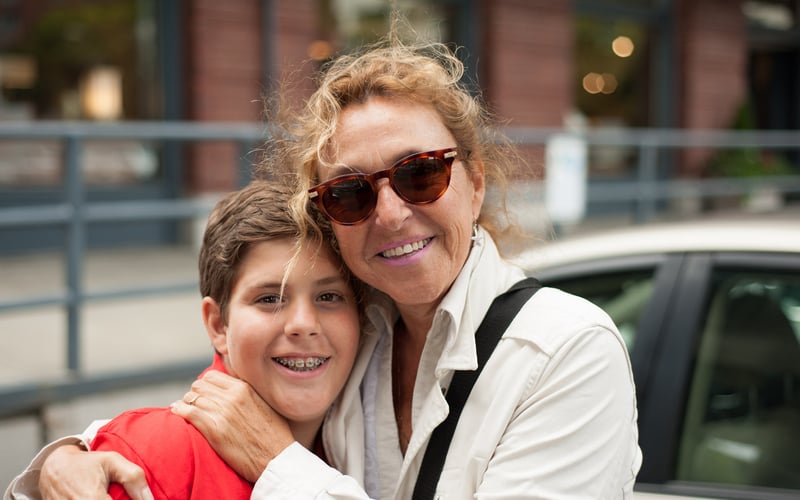Rebuilding Connections & Strengthening Family Bonds During Adolescent Treatment

If you’re the parent of a teenager who’s struggling with mental health or substance use, you’ve likely felt the strain it can place on your entire family. Arguments replace laughter, tension fills the spaces where trust used to live, and the bond you once had feels more like a frayed rope than an anchor. It’s exhausting. That’s why it’s important to remember recovery isn’t just for your teen; it’s for the whole family.
Family Matters in Adolescent Treatment
Let’s start with the obvious - families are complicated. They’re messy, emotional, and often downright frustrating. But families are also where we learn how to navigate relationships, communicate effectively, and build trust. For teens in treatment, having their family involved can make a world of difference.
Why? Because recovery doesn’t happen on its own. Even the most determined adolescent can struggle to maintain progress if the environment they return to is filled with unresolved conflicts or unhealthy dynamics. When family is involved it provides a support system, a sense of accountability, and an opportunity for everyone to heal together.
Communication: The Bridge Back to Connection
If men are from Mars and women are from Venus, then teenagers are from Pluto. Trying to talk to your kid can sometimes feel like you’re speaking different languages. Communication breakdowns are a common side effect of stress, misunderstanding, and hurt feelings. During treatment, families are often guided through therapy sessions designed to rebuild those bridges.
Family therapy might sound intimidating, but it’s not about pointing fingers. It’s about exploring family therapy benefits and finding ways to reconnect. The focus is on creating a safe space where everyone can express themselves without fear of judgment. You’ll learn how to really listen (not just wait for your turn to speak) and how to express your feelings in a way that invites understanding rather than defensiveness. It’s not always easy, but the payoff? A stronger, healthier connection with your child.
Breaking Cycles & Setting Boundaries
It’s normal for families to develop patterns of behavior - some healthy, some unhealthy. Maybe you’ve fallen into the habit of avoiding tough conversations, or perhaps you’ve been walking on eggshells to avoid triggering your teen. These cycles can be hard to break, but adolescent treatment provides a chance to hit the reset button.
Setting boundaries is a big part of this process. It’s about finding that sweet spot between supporting your teen and enabling unhealthy behavior. It’s a balancing act, but with the right tools and guidance, you can create a home environment that supports recovery instead of undermining it.
Finding Joy in Small Moments
When was the last time you laughed together as a family? Or sat down for dinner without someone storming off? During the chaos of a teen’s struggles, those moments of connection can feel like distant memories. But here’s the good news: they’re not gone forever.
One of the most powerful aspects of family involvement in treatment is the focus on rediscovering joy. It might start small, like playing a board game together during a family visit or sharing a funny story during therapy. These little moments are more than just feel-good distractions; they’re the building blocks of trust and connection. Over time, they remind everyone that your family isn’t just defined by the struggles you’ve faced but also by the resilience you’ve shown.
What About Siblings?
Let’s not forget the other kids in your household. When one child is in crisis, siblings often end up feeling overlooked or burdened with extra responsibilities. They may not say it outright, but they’re hurting too. Many adolescent treatment programs offer support for siblings, helping them process their own emotions and understand their role in the recovery process.
The Ripple Effect of Healing
Rebuilding family bonds during adolescent treatment isn’t just about fixing what’s broken; it’s about creating something stronger than before. If you’re ready to talk about adolescent treatment might help your family, give Stonewater Adolescent Recovery Center a call today. Healing might be hard, but it's worth it.

.jpg)

